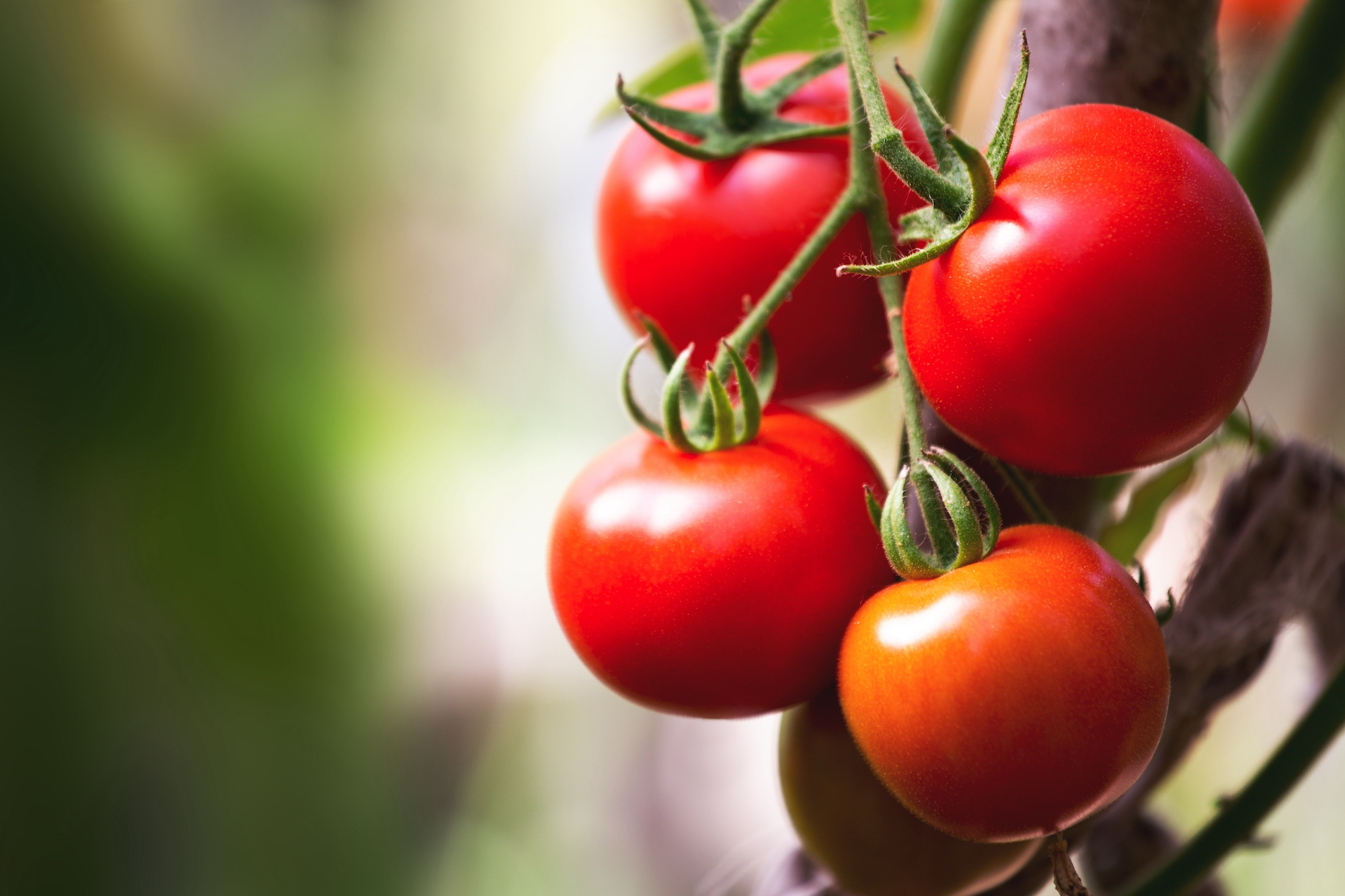Inflation Risk: India is facing the challenge of soaring vegetable prices. But now there is a new concern that could worsen the inflation situation – widespread shortages of cereals.
HSBC Holdings Plc has issued a warning that these cereal shortages may lead to higher inflation in the country. Even as the impact of rising vegetable prices is expected to subside in the coming months.
Economists Pranjul Bhandari and Aayushi Chaudhary emphasize that while concerns about food price increases are justified, the critical issue lies not with tomatoes, but with staple cereals like rice and wheat, which make up nearly 10 percent of the consumer price index basket.
Inflation Risk: HSBC’s Forecast and Concerns Over Cereal Inflation
HSBC maintains its inflation forecast of 5 per cent for the year ending March 2024. It acknowledges higher risks if cereal inflation surges. Rain distribution and rice sowing data in the following weeks will be critical factors to monitor in northwest India. Insufficient rains in the south and east regions could adversely affect the rice crop and disrupt shipments from India, the world’s largest rice exporter.
This, in turn, could have global price implications for wheat, which serves as a partial substitute for rice.
Adding to potential price jumps in Indian cereal prices is the recent warning from Russia about vessels heading to Ukraine ports in the Black Sea potentially carrying military equipment, driving wheat futures higher. El Nino weather patterns could also contribute to increased prices.
Also Read: 12-year-old boy forced to consume pigeon droppings over minor dispute in Pune
Impact of Food Price Surge on Retail Inflation:
The surge in food prices pushed retail inflation to a three-month high in June, prompting economists to raise their price forecasts for the year. The central bank may need to maintain interest rates for an extended period to manage the impact.
With national elections approaching next year, the central government is under pressure to contain price pressures. Recently, the nation banned exports of cheaper, non-basmati white rice as part of an effort to rein in domestic prices.
Monsoon Impact on Inflation
The surge in inflation has been influenced by erratic monsoon patterns, with weaker rains in some regions and floods in others, leading to fluctuating vegetable and pulse prices. Crisil has expressed concerns about the inflation in pulses, which is attributed to the changing weather conditions. Economists predict that a sharp increase in vegetable prices, particularly tomatoes, could push India’s retail inflation to around 5.5 percent during the July-September quarter.
Ranen Banerjee, Partner, Economic Advisory Services, PwC India, cautions that dry spells in the second half of July due to El Nino could negatively impact the growth of crops like paddy and other produce. He also points out that the food prices’ trajectory will depend on the performance of the monsoon. Additionally, any escalation of geopolitical tensions and subsequent rise in world food prices could further contribute to food inflation.
Also Read: Jewish body demands removal of Bawaal from OTT over Auschwitz’s scene

